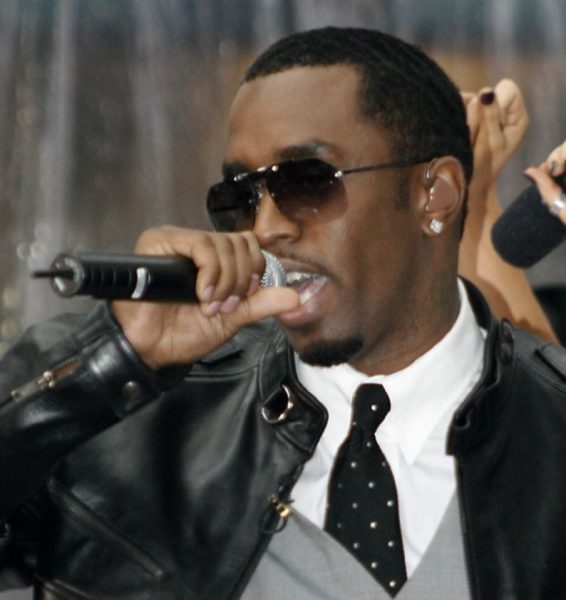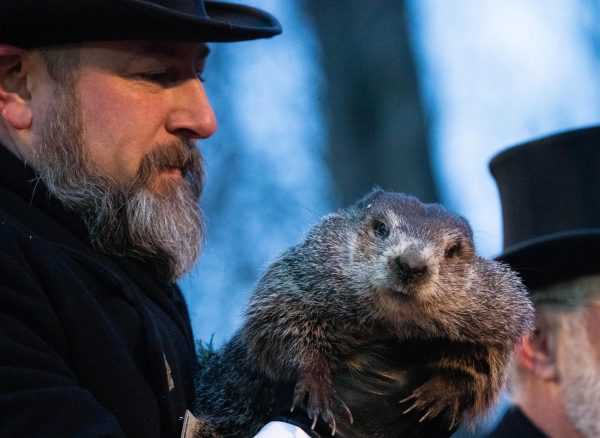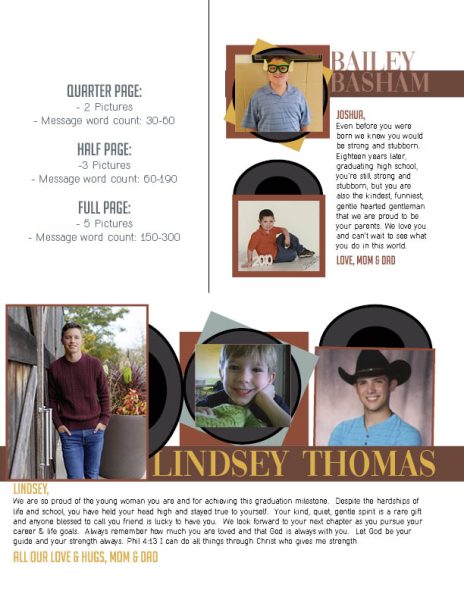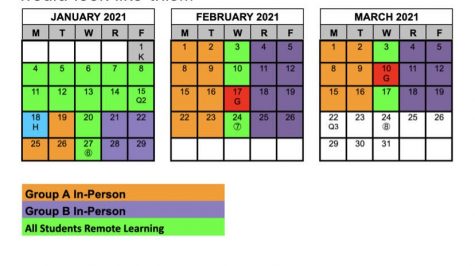A Long Winter Ahead
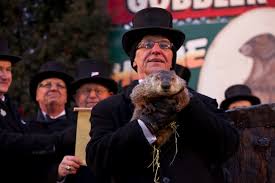

Six weeks later…. spring is in sight.
This year we will have six more weeks of winter according to Groundhog Day predictions.
The holiday Groundhog Day has roots spreading back to the early days of Christianity in Europe. This year it was predicted that we will endure six more weeks of winter.
Groundhog Day is an annual holiday celebrated on Feb. 2 each year in the United States and Canada. This is the day when a groundhog comes outside and “predicts” the weather. If the groundhog sees his shadow that means that their will be six more weeks of winter. In the event that the groundhog doesn’t see his shadow, it is said that spring will come early that year.
According to Groundhog.org a website dedicated to groundhog day, the tradition stems from Candlemas Day is a tradition started in the early days of Christianity in Europe. Clergy would also bless candles and distribute them to the townspeople. This tradition was brought to the Germans later, which is where the groundhog came to be. An animal, oftenly a hedgehog, would cast his shadow and predicts six more weeks of bad weather.
This tradition was later moved to the US when the Germans began to settle Pennsylvania. They chose the groundhog because its resemblance to the European hedgehog and the animals believed levels of intelligence and sensitivity. Then on Feb. 2 if the sun was out and the groundhog saw his shadow it would return back underground for six more weeks of winter.
Last year, the groundhog, known as Punxsutawney Phil, saw his shadow thus predicting six more weeks of winter. However, in 2016 the groundhog did not see his shadow, signifying that spring is near.
On February 2, 2018 Punxsutawney Phil saw his shadow indicating six more weeks of winter this year.
The real question is how accurate can this forecast be. Well, according to Livescience since the beginning of these predictions (1887) the groundhog was correct only 39 percent of the time. The groundhog has predicted 103 forecasts of longer winters and 17 early springs. However Phil has been more accurate when predicting warm weather. His accuracy rate raised to 45 percent when predicting this weather pattern.


